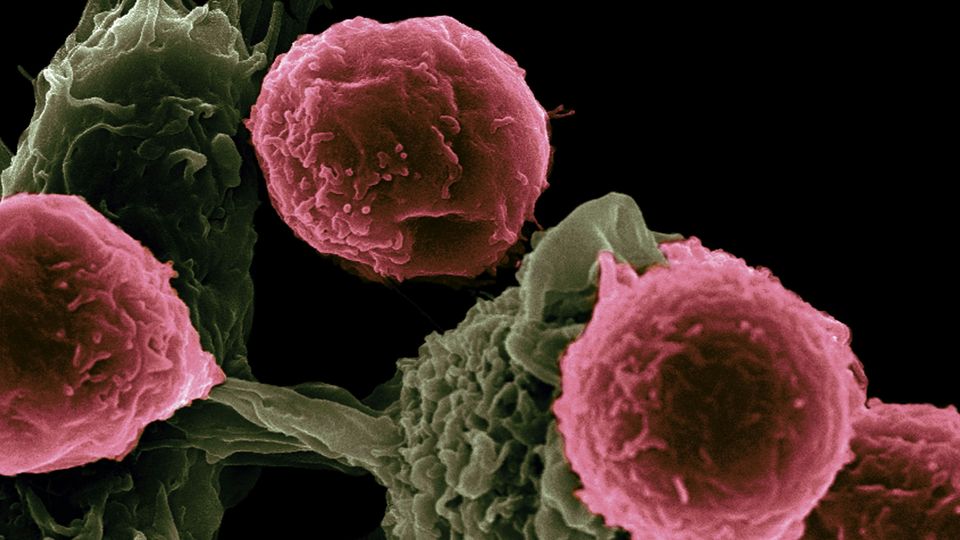Engineered Bacteria Ferry Cancer-Killing Virus Into Tumors
Cooperative microbial system delivers viral therapy to solid tumors while restricting viral spread.

Complete the form below to unlock access to ALL audio articles.
A new therapeutic system developed at Columbia Engineering uses engineered bacteria to deliver an oncolytic virus directly into solid tumors, shielding the virus from the body’s immune defenses. The approach, described in Nature Biomedical Engineering, leverages a bacterium’s natural ability to target tumors and a virus’s capacity to infect and kill cancer cells.
The platform, called CAPPSID (Coordinated Activity of Prokaryote and Picornavirus for Safe Intracellular Delivery), was developed by Tal Danino’s Synthetic Biological Systems Lab in collaboration with virologist Charles M. Rice at The Rockefeller University. The method was tested in mice and represents a rare example of a bioengineered system that uses both bacterial and viral mechanisms in a coordinated therapeutic strategy.
Bacterial cloaking protects virus from antibodies
Oncolytic viruses can selectively replicate in and kill cancer cells. However, prior immunity to the virus in patients can block its ability to reach tumors. To overcome this, the research team used Salmonella typhimurium, a bacterium known to home in on tumors, as a delivery vehicle.
This bacterium naturally seeks out the hypoxic and nutrient-rich environment found within tumors. Once inside, it invades cancer cells and releases viral RNA directly into them. By concealing the virus inside bacteria, the team enabled the virus to evade detection by circulating antibodies.
Viral spread controlled through engineered dependence
To ensure the virus remains confined to tumor tissue, the system relies on a dependency mechanism. The engineered virus requires a protease that can only be produced by the bacteria. Since the bacteria are localized to the tumor, the protease – and by extension, the virus’s ability to mature and spread – is also limited to that site.
This layer of control reduces the risk of the virus replicating in healthy tissues. The bacterial lysis also helps release the viral genome within tumor cells, allowing the virus to spread locally and amplify its therapeutic effect.
Future directions and clinical translation
The researchers are expanding the system’s application to a broader range of tumor types and viral payloads. Ongoing studies are exploring combinations with other bacterial strains that have demonstrated safety in clinical trials.
CAPPSID was evaluated in mouse models, and while it has not yet been tested in humans, the team has initiated efforts to advance the system toward clinical use. A patent application (WO2024254419A2) has been filed in relation to this work.
Reference: Singer ZS, Pabón J, Huang H, et al. Engineered bacteria launch and control an oncolytic virus. Nat Biomed Eng. 2025. doi:10.1038/s41551-025-01476-8
This article has been republished from the following materials. Note: material may have been edited for length and content. For further information, please contact the cited source. Our press release publishing policy can be accessed here.

